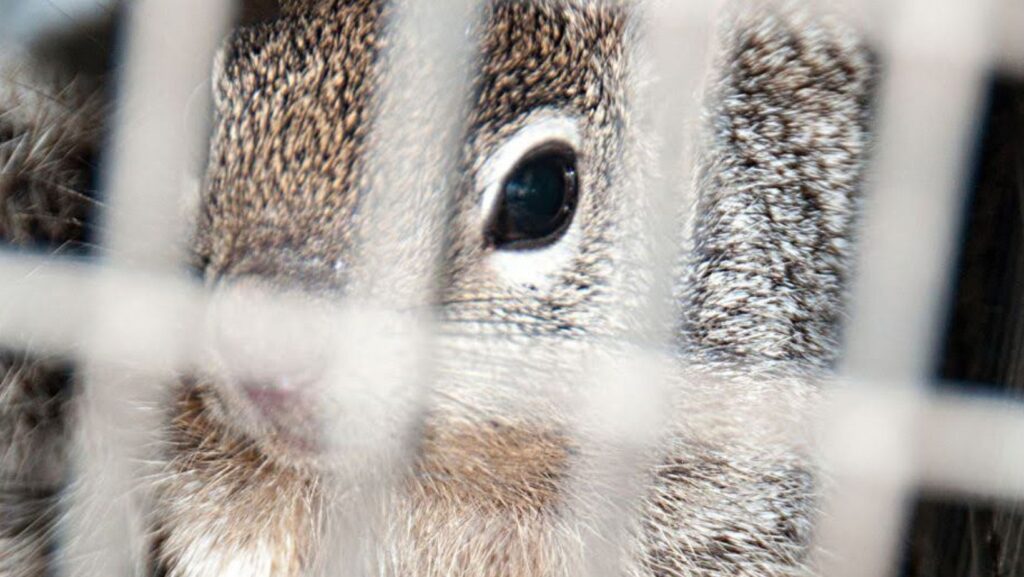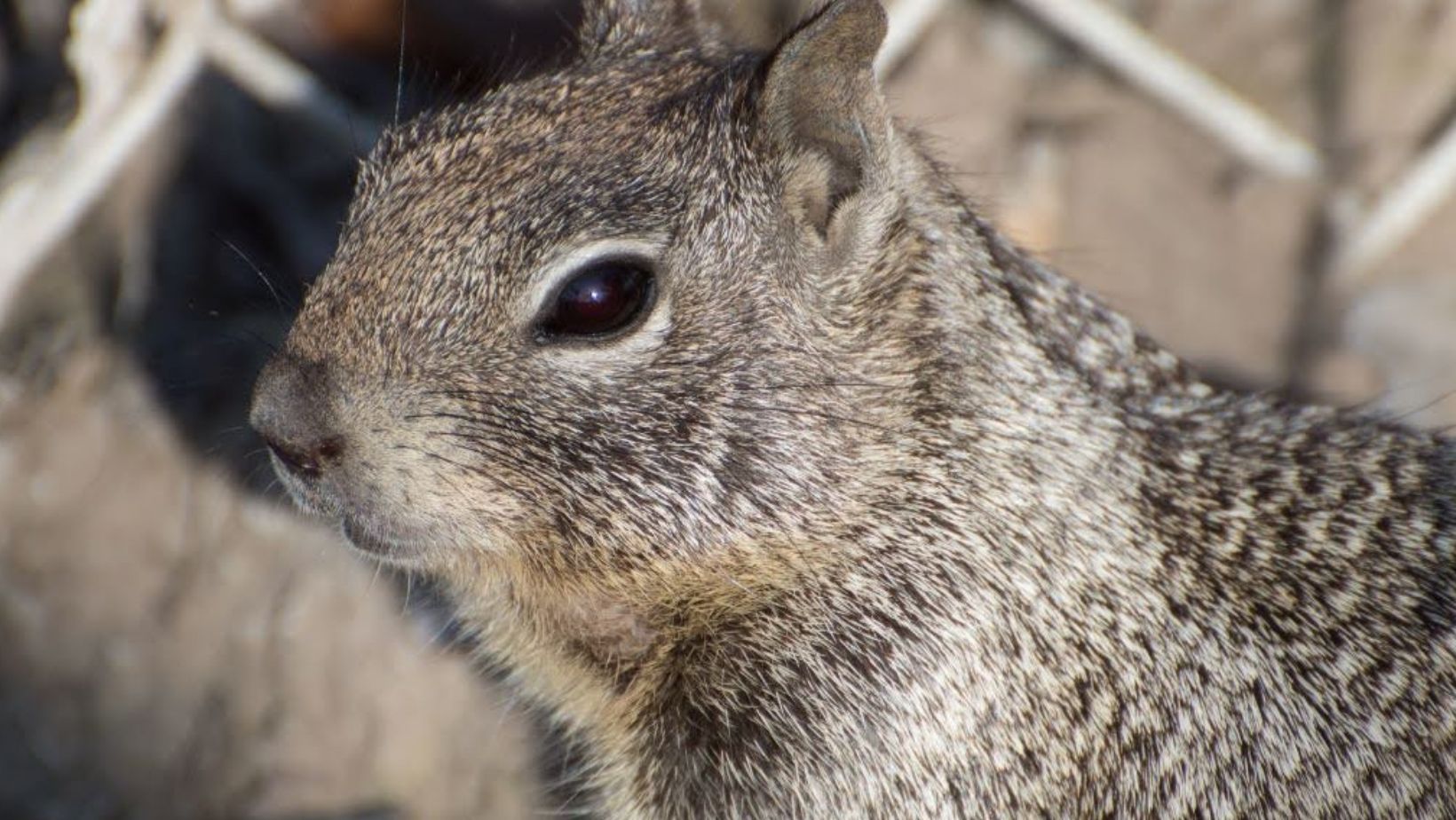
Squirrels can be charming additions to your backyard, but they bring unique challenges when they invade your home. Addressing squirrel removal requires understanding their behavior and finding effective solutions to prevent them from causing damage or posing risks to your property. These rodents are adept climbers who can quickly access attics, chimneys, and even walls, making their removal complex.
You may encounter various hurdles during the removal process, such as understanding local laws regarding wildlife, ensuring a humane approach, and preventing re-entry after removal. Identifying the signs of a squirrel infestation early is essential, as this can influence the effectiveness and urgency of your removal strategy. Engaging with professionals often proves beneficial, as they bring expertise in dealing with these animals and can navigate the challenges more efficiently.
Finding the right methods for squirrel removal is crucial to maintaining your home’s integrity. Whether sealing entry points or implementing deterrents, addressing these challenges head-on will protect your property and enhance your peace of mind.
Understanding Squirrel Behavior
Squirrels exhibit specific habits and preferences that influence their interactions with human dwellings. Recognizing these behaviors can help you effectively manage and prevent squirrel invasions in your attic or property.
Squirrel Habitation and Life Cycle
Squirrels typically inhabit trees, parks, and residential areas. They thrive in environments that provide food and shelter. In urban settings, attics and roofs are particularly appealing because they offer protection from predators.
A squirrel’s life cycle includes infancy, juvenile, and adulthood. Female squirrels breed twice a year, resulting in litters of 2-8 young. Young squirrels remain with their mothers for about 10 weeks before becoming independent. Understanding this cycle helps in timing removal efforts.
Common Signs of Squirrel Presence
Identifying squirrel activity is crucial for prevention and removal. Look for:
- Scratching or rustling sounds in walls or ceilings.
- Nesting materials like leaves or twigs near entry points.
- Chew marks on wood, wires, or insulation.
These signs indicate that squirrels may have entered your attic. Prompt action is essential to mitigate damage and protect your space.
Factors Attracting Squirrels to Attics
Several factors can draw squirrels into your attic:
- Food sources: Squirrels are attracted to bird feeders, pet food, or anything edible left outdoors.
- Shelter: Attics offer a warm, safe environment for nesting away from predators.
- Access points: Gaps, vents, or holes in your home can provide easy entry.
To protect your attic from squirrels, seal potential entry points and remove attractants from your yard. These steps can reduce the likelihood of a squirrel invasion in Fort Worth or similar regions.
Removal and Control Strategies
Effective squirrel removal requires assessing the situation and employing various strategies. Different approaches may be necessary depending on the squirrels’ location and behavior.
Assessing the Situation
Before taking action, evaluate your property for signs of squirrel activity. Look for chew marks, nests, or droppings in attics, garages, and trees. Identifying entry points is crucial, as squirrels can enter homes through small openings.
Take note of the squirrels’ behavior and the extent of the infestation. Are they nesting in your attic or simply foraging for food? Understanding their habits will help you choose the most effective removal strategy.
Humane Removal Options
Humane removal options focus on trapping and relocating squirrels without harming them. Use live traps appropriately sized for the species. Place traps near known entry points or feeding areas.
Bait the trap with appealing food such as peanut butter or sunflower seeds. Check traps regularly to minimize stress for the squirrels. Once captured, relocate them at least five miles away, complying with local regulations. It is essential to follow humane practices to ensure the safety and well-being of the animals.
Professional Squirrel Removal Services
Engaging professional squirrel removal services can streamline the process. Trained specialists have the tools and expertise to handle infestations safely and effectively. They can quickly identify entry points and suggest appropriate control measures.
Hiring professionals is especially beneficial if the squirrels are in hard-to-reach places or if the infestation is severe. They can also provide preventative maintenance to avoid future problems. Ensure the company follows humane practices and has good reviews to guarantee quality service.
Attic Squirrel Control Tips
If squirrels reside in your attic, immediate action is necessary to prevent damage. Begin by sealing entry points using materials like hardware cloth or metal flashing. Avoid using easy-to-chew materials, as squirrels are adept gnawers.
Consider installing one-way doors that allow squirrels to exit while preventing their return. After sealing the holes, monitor the attic to confirm that all squirrels have left before permanently closing off access. Implement noise deterrents, such as an Ultrasonic pest repeller, to discourage them from returning. Regular inspections can help maintain a squirrel-free environment.
Preventive Measures and Attic Protection
Implementing specific preventive measures is essential to safeguard your attic against squirrels effectively. These measures involve securing potential entry points, maintaining a clean environment, and applying long-term strategies to deter these animals.
Securing Entry Points
Squirrels can slip through surprisingly small openings. Inspect your home’s exterior for gaps around vents, soffits, and eaves. Materials such as steel mesh or hardware cloth cover these openings.
Close any gaps larger than ¼ inches. Pay special attention to entry points near utility lines or roof edges. Regularly check for signs of wear or new vulnerabilities.
Address any damage promptly to prevent access. This proactive approach reduces the likelihood of a squirrel entering your attic.
Maintaining a Clean Environment
A cluttered attic can attract squirrels looking for nesting materials. Keep your attic organized and store items in sealed plastic containers to minimize the risk of attracting unwanted visitors.
Remove any food sources that could entice squirrels. If you have plants in your attic, ensure they are pest-free. Regularly vacuum and eliminate debris that may serve as nesting materials.
Maintaining cleanliness reduces the likelihood of a squirrel making your attic its home.
Long-Term Prevention Strategies
Consider implementing additional features that deter squirrels over time. Trimming tree branches that overhang your roof with the help of a professional service like tree service Flower Mound can prevent squirrels from jumping onto your property. Install squirrel-proof bird feeders away from the house to diminish attraction.
Evaluate your gutters and ensure they are clean and not obstructed, as they can create pathways. Use repellents or scents that squirrels dislike around entry points as an extra measure.
If challenges persist, calling Critter Stop at (214) 234-2616 can provide you with a professional assessment. Critter Stop has a fantastic reputation and online customer reviews because it provides high-quality work and great customer service.









